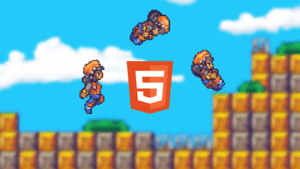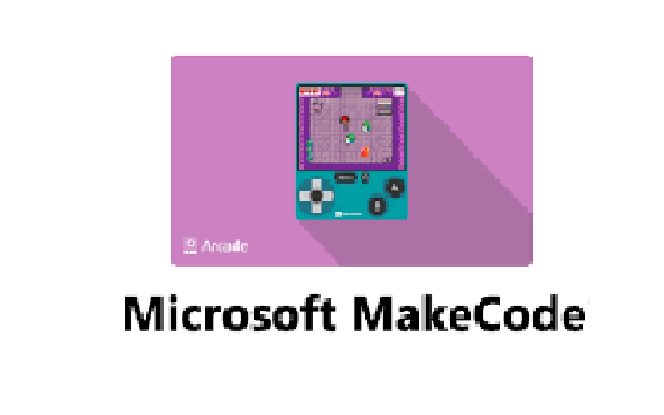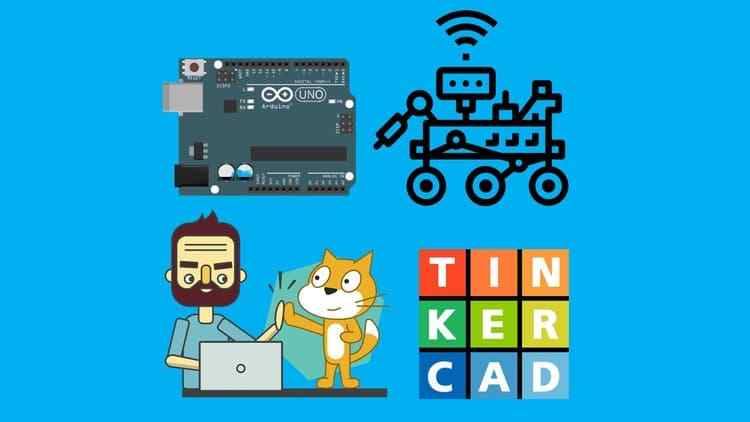



 Tech & IT
Tech & IT
 Business
Business
 Coding & Developer
Coding & Developer
 Finance & Accounting
Finance & Accounting
 Academics
Academics
 Office Applications
Office Applications
 Art & Design
Art & Design
 Marketing
Marketing
 Health & Wellness
Health & Wellness
 Sounds & Music
Sounds & Music
 Lifestyle
Lifestyle
 Photography
Photography
More Learnfly
Business Solution Become an Instructor2D Game Development focuses on creating video games with two-dimensional graphics and gameplay. It involves designing and implementing 2D sprites, backgrounds, and animations, often using simpler mechanics compared to 3D games. This approach is popular for various platforms, including mobile devices and retro-style games.

By : WebCast Channel
This course let you develope a game for Android, IOS, Windows, Linux, tablet and cell...
4.7 63789
6 lectures All Level

By : Jed Hastwell
Learn Phaser and modern web development by building a 2D platform game for your web b...
4.1 58718
4:3:43 hrs 44 lectures Beginner Level

By : Hamza Brinis
Build 2D Game step by step !...
4.6 25423
3:3:57 hrs 11 lectures All Level












Learn more topics in various categories at one place. Explore unlimited courses in other categories and up-skill yourself today.

 Jazeb Akram
Jazeb Akram 4.2 771159 Beginner Level

 John Hedengren
John Hedengren 4.1 569062 All Level

 Ranjan Pandey
Ranjan Pandey 4.1 346728 All Level

 Muhammad Ahsan Pervaiz
Muhammad Ahsan Pervaiz 4.2 101337 All Level

 Pieter Vliegenthart
Pieter Vliegenthart 4.6 100916 All Level

 Jerome P.
Jerome P. 4.8 100881 All Level

 Senol Atac
Senol Atac 4.9 100091 All Level

 Vikas Munjal
Vikas Munjal 4.8 100064 Beginner Level

 Avinash A
Avinash A 4.8 100013 All Level

 Ashraf Al Madhoun
Ashraf Al Madhoun14 Lectures All Level

 Satyendra singh
Satyendra singh17 Lectures All Level

 Nour ElAkhdar
Nour ElAkhdar13 Lectures All Level

 Nour ElAkhdar
Nour ElAkhdar11 Lectures All Level

 Ivan Yosifov
Ivan Yosifov6 Lectures All Level

 Sandeep Saini
Sandeep Saini36 Lectures All Level

 Saheb Singh chaddha
Saheb Singh chaddha14 Lectures All Level

 Handson Courses
Handson Courses64 Lectures All Level

 WebCast Channel
WebCast Channel 6 Lectures All Level

 Jed Hastwell
Jed Hastwell44 Lectures All Level

 Hamza Brinis
Hamza Brinis11 Lectures All Level

 THE MMZ
THE MMZ6 Lectures All Level

 Laurence Svekis
Laurence Svekis17 Lectures All Level

 Sandip Bhattacharya
Sandip Bhattacharya19 Lectures All Level

 Sandip Bhattacharya
Sandip Bhattacharya19 Lectures All Level
2D game development involves creating video games that utilize two-dimensional graphics to represent characters, environments, and gameplay elements. Unlike 3D games, 2D games operate on a flat plane, offering a simpler visual style.
Common software for 2D game development includes Adobe Photoshop, Aseprite, and GIMP. These tools are used for creating sprites, textures, and other 2D art assets that contribute to the visual aspects of the game.
Sprites are 2D images or animations that represent characters, objects, or visual elements in a game. They are fundamental to 2D game design and are often used for characters, backgrounds, and other graphical elements.
2D games can be programmed using various languages, with popular choices including C#, JavaScript, and Python. Game development frameworks and engines like Unity (with its 2D features) and Godot provide tools specifically tailored for 2D game creation.
Tilesets are collections of small, reusable images (tiles) used to create the game's environment. They are particularly important in 2D games, as developers can efficiently build levels by arranging these tiles in various combinations, optimizing both design and performance.





